Rear I/O
The rear I/O design is sheer brilliance – it's packed with USB ports. In fact, there are more USB ports than is usual on boards even more expensive than this one. But that’s good, because the ICH9R south bridge has plenty of USB ports to spare.The rear I/O includes the following:
- Eight USB 2.0
- Two 6-pin Firewire sockets
- One RJ45 for Gigabit Ethernet
- Optical and RCA S/PDIF out
- PS2 keyboard and mouse
- Six 3.5mm audio jacks for 7.1 channel surround sound as well as line in and microphone
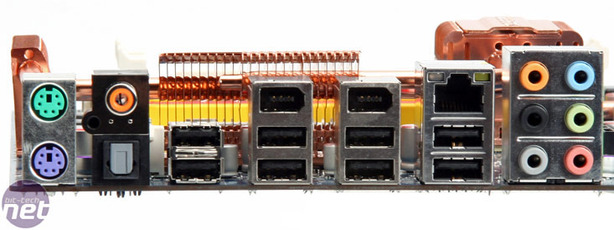
BIOS
The BIOS is very well featured and it offers plenty of adjustment for novice to advanced users alike. It includes auto overclocking from the Gigabyte C.I.A. function, as well as rather unspecific performance enhancements like "Performance Enhance" (surprisingly) and "Robust Graphics Booster" which has settings like "Turbo" and "Extreme".The latter actually comes across as quite old, but after contacting Gigabyte we were told that "[The] Robust Graphics Booster feature has not changed at all and not limited to any graphics cards nor chipset and generations" and "The ‘Performance Enhance‘ feature fine tunes not only the tRD timings but also other memory timings such as CAS Latency and tWR, etc." tRD is specific to the north bridge internal timings and you want that as fast as possible for maximum performance.
We're in two minds over this – on one hand it's good to keep things simple and intuitive, especially since this board isn't your "Republic of Gamer" or "Quantum Force" level, but part of us wants it to tell us what’s exactly going on. We understand that would be extremely hard to show though, given that it adjusts multiple timings.
There are all the necessary frequency and voltage adjustments, and both are fine grained and plentiful. The CPU especially gets a massive maximum of 2.35V and tiny 0.00625V increments most of the way up. The memory multipliers offer substantial memory performance – with a 4x multiplier, up to 1,333MHz memory can be used when you have a 333MHz processor.

There are a lot of memory timing options provided and they have been intuitively laid out between two areas where the common four are distinctly above an extra seven. Unfortunately no Command Rate option is provided here, but we did find 3-3-3-9-18 ran perfectly well at 800MHz.
Other notable mentions are the Smart Fan control for the CPU fan and the (thankfully) obvious SATA mode option – set this to ACHI when installing Vista for better features and performance. In addition there is the very helpful Q-BIOS, which offers BIOS updating from the POST screen - it even allows loading the new BIOS from a USB stick, providing it's FAT(32) formatted - this is a massive bonus. Gigabyte doesn't miss the profile saving option either which is a very useful addition, although it's slightly hidden under the F11/F12 button assignments.
What is annoying though is that Gigabyte doesn't work its BIOS options from exact values - there's “+0.05V” from whatever setting this starts from. It's frustrating because it doesn't tell you what the base value is and so it’s harder to work out what the end result is: this can be dangerous. Take the memory for example; does the BIOS start from a standard 1.8V DDR2 voltage or does it read the module SPD, which can sometimes be higher than 1.8V for performance modules, and start from there instead? Then as you decide to pump 2.3V through it, do you go +0.5V or less? Do you risk killing your RAM or running into instabilities? Overclocking is hard enough to perfect already, without added ambiguity.

MSI MPG Velox 100R Chassis Review
October 14 2021 | 15:04


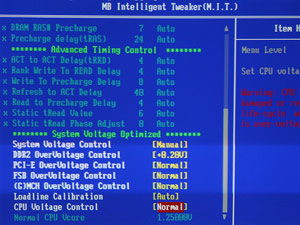
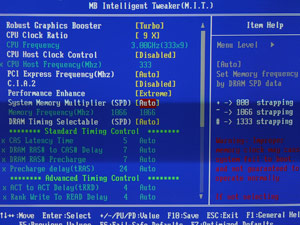
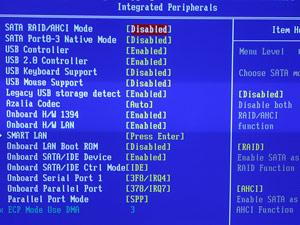
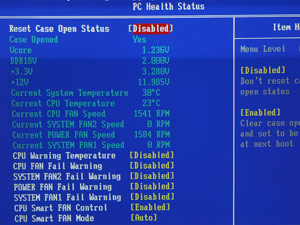







Want to comment? Please log in.